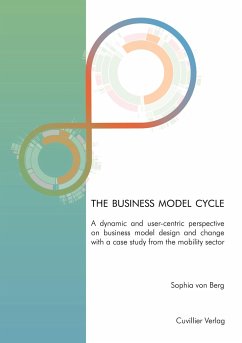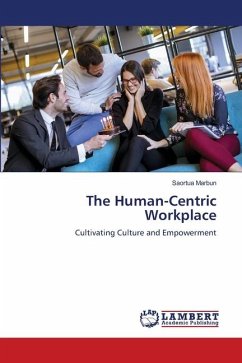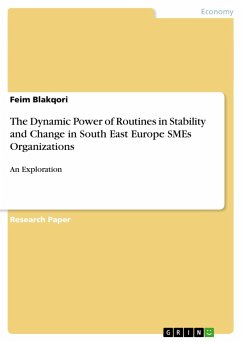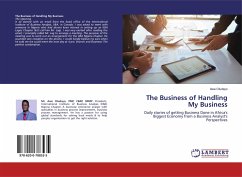Today, firms all over the world have to deal with dynamic business environments. Fast-moving digitalization has made information more transparent, strengthening the role of the customer. At the same time, the provider can have a much closer relationship with the user, thanks to real-time communication. However, corporate practice does not have a process for developing dynamic business models, and user-centric business models that can be designed and changed using smart technologies have not yet been systematically integrated. To stay competitive, companies need to rise to this challenge. The aim of this dissertation was to develop a dynamic, user-centric process model for business model design and change, and to evaluate the model¿s ability to maintain a competitive advantage in the mobility sector. First, the differences between static, dynamic, and user-centric business models and their corresponding attributes were deduced. Then, these findings were combined into a process model using system dynamics logic. This model considers the user a co-creator of value and helps managers react to real-time changes in their business model environment. Finally, a mobility sector case study is presented to highlight the relevance of this model to real-world application. This business model cycle (BMC) supports the strategic management of dynamic, user-centric business model design and change activities. It describes a step by step procedure of business model design that includes ideation, prototyping, and integration of business model options. Moreover, it allows continuous monitoring of the business model environment and adaption of the model accordingly. At the same time, bidirectional interaction between the user and provider is possible, allowing the provider to adapt to their users¿ needs. The BMC is unique in that these processes can take place simultaneously. Finally, the real-world case study in the mobility sector confirmed that using the BMC for strategic management maintains a lasting competitive business advantage.
Bitte wählen Sie Ihr Anliegen aus.
Rechnungen
Retourenschein anfordern
Bestellstatus
Storno








